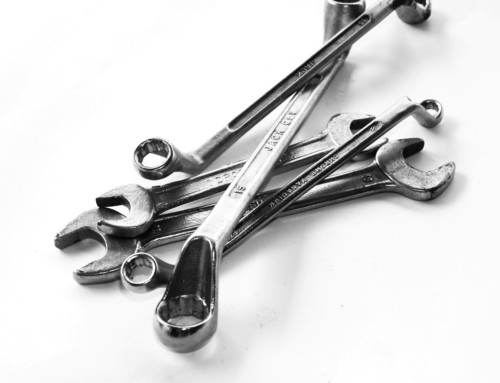How Maintenance Planning & Scheduling Can Improve Your Profitability
What if you could improve your maintenance department to the point where you increase the efficiency and the amount of work completed of your department by 80%? Would this be something that interests you? A properly setup and managed Maintenance Planning & Scheduling Program can enable that type of success and enable your operation to plan for profitability.
This type of increase in efficiency may seem farfetched, but it can be achieved. The typical maintenance department operates between an efficiency of 30-35%, with best in class departments operating at 55% or better. What separates these operations? Planning & Scheduling!
I remember when I first heard about maintenance planning & scheduling. I was a new maintenance supervisor, and was trying to figure out why our PM routines were not being completed on time and what we could do about it. I ask my team what was causing the issues and I heard them loud and clear. “No Parts. Production won’t give us the equipment. I need help with that. I don’t know what the PM routine wants me to do.”
During that time the CMMS would print out the PMs Monday morning, and we had to execute them. There were no parts listed, poor task descriptions, and there was no discussion with operations on scheduling. We were not in a good place.
After some initial internet research, I came across some basic information on Maintenance Planning & Scheduling. It seemed to answer all of my questions, but I had to learn more. I found Doc Palmer’s Maintenance Planning and Scheduling Handbook, and became a true believer and have been a large and focal proponent since. Over the next five posts, I will provide and explanation of Maintenance Planning & Scheduling, what works, what doesn’t, and how to measure your success.
So what is Maintenance Planning and Scheduling?
Planning:
Maintenance Planning Is The Act Of Ensuring A Job Is Completed Right the First Time.
- Identifies the What, Why & How
- Identifies Barriers and Reduces Barriers to Ensure the Efficient Completion of Work
- Is a Knowledge Management System
Scheduling:
Maintenance Scheduling is the act of Maximizing utilization of resources.
- Identifies Who, Where, When
- Ensure the Right People, and the Right Materials are in the Right Place
- Ensures Coordination with Operations
Sounds simple enough, but in order to be successful in Maintenance Planning & Scheduling, you must have the foundations in place.
Foundations of Maintenance Planning & Scheduling
The foundations in Maintenance Planning & Scheduling are all about enabling a systematic process, and ensuring that the proper information is available to facilitate Planning & Scheduling. A typical Maintenance Planning and Scheduling program would have to have the following elements in place;
Equipment & Associated Data is used to identify and group, like equipment. It also contain specifics about the equipment, including its performance, specification and operating context.
Work Types is used to identify the type of work being completing. This is used for reporting, scheduling and to evaluate the effectiveness of the overall maintenance and reliability program. The number of categories can vary from a few to several, depending on the needs of the organization.
Work Order Status is used to track the work order through the process and communicate status. This ensures that everyone can identify where the work order is in the work order process.
Work Priorities are used to establish planning priorities, scheduling horizons, in addition to establishing expectations with operations. Typically the priorities will be identified with a timeline, such as, <30 days.
Technical Information & Supporting Documents facilitate the planning process and the work in progress. It serves to reduce the amount of time spent planning. Included in this library of information are manuals, bill of materials, and drawings.
Feedback and Failure Reporting ensures the right information is recorded to analyze and improve the equipment and the work. This feedback is typically provided using predefined codes.
Based on the foundations mentioned, do you have what it takes to make your Maintenance Planning & Scheduling program successful? Where are your gaps?
Remember, to find success, you must first solve the problem, then achieve the implementation of the solution, and finally sustain winning results.
I’m James Kovacevic
Eruditio, LLC
Where Education Meets Application
Follow @EruditioLLC
Disclosure of Material Connection: Some of the links in the post above are “affiliate links.” This means if you click on the link and purchase the item, I will receive an affiliate commission. Regardless, I only recommend products or services I use personally and believe will add value to my readers. I am disclosing this accordance with the Federal Trade Commission’s 16 CFR, Part 255: “Guides Concerning the Use of Endorsements and Testimonials in Advertising.”


